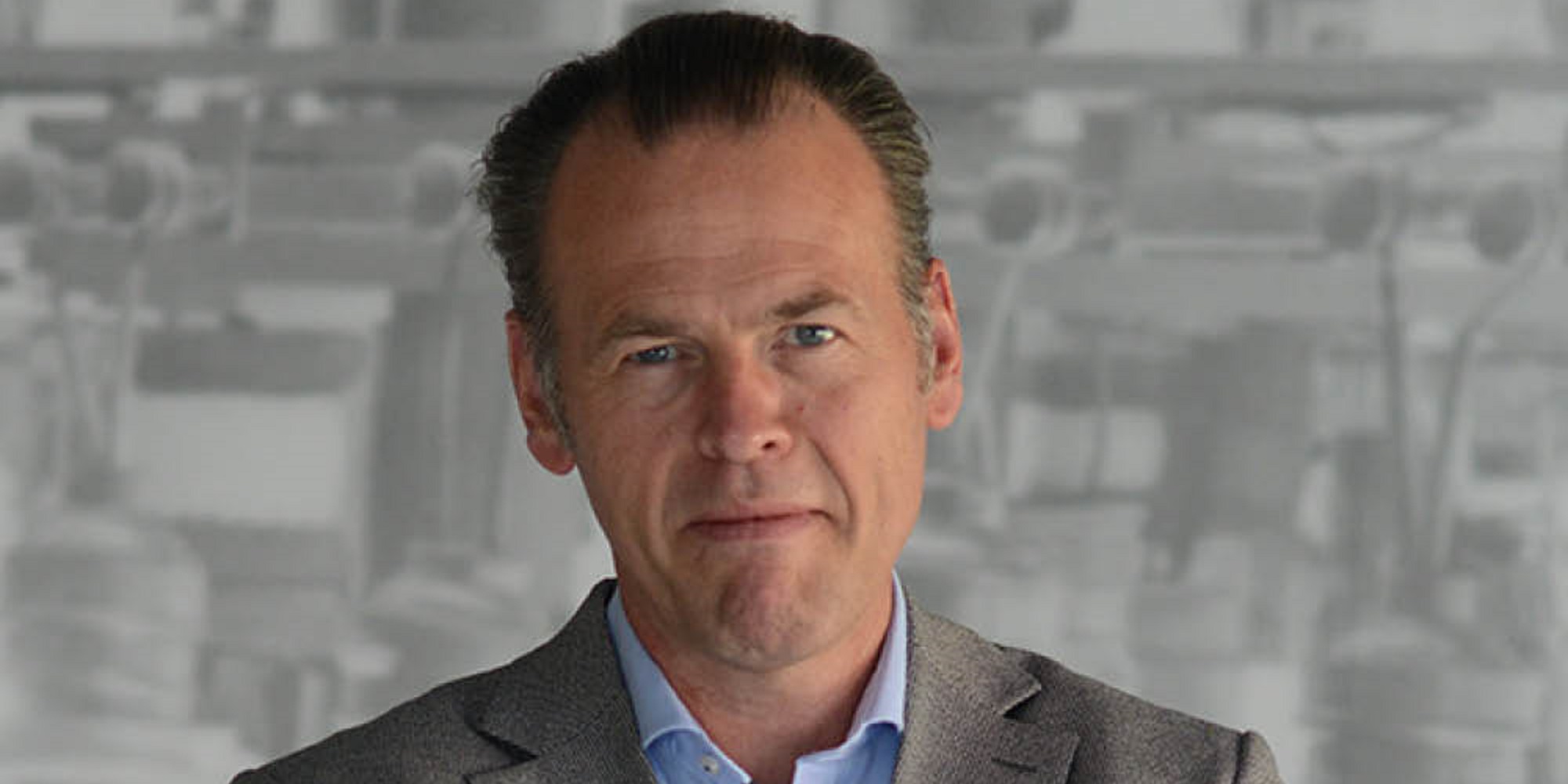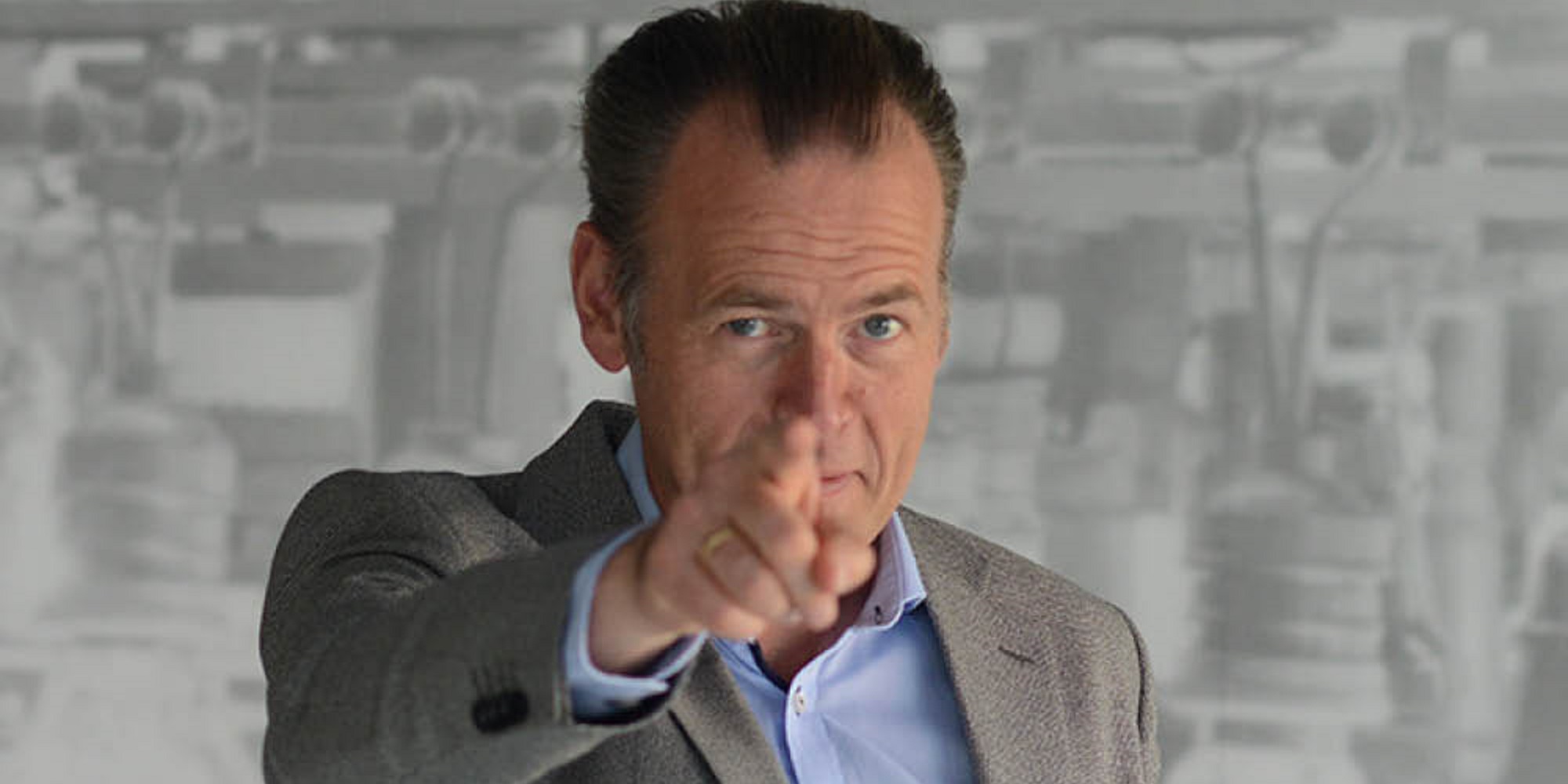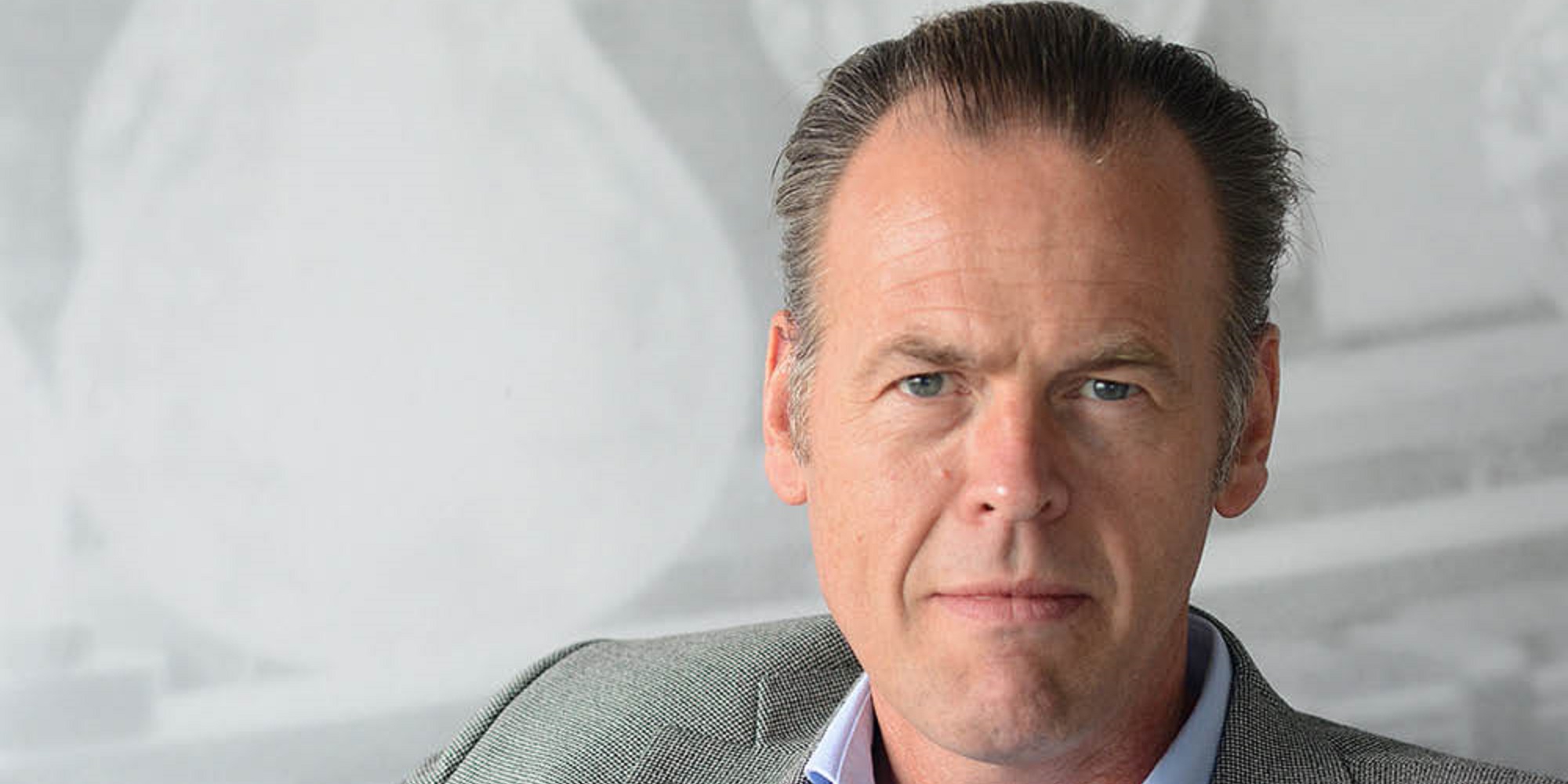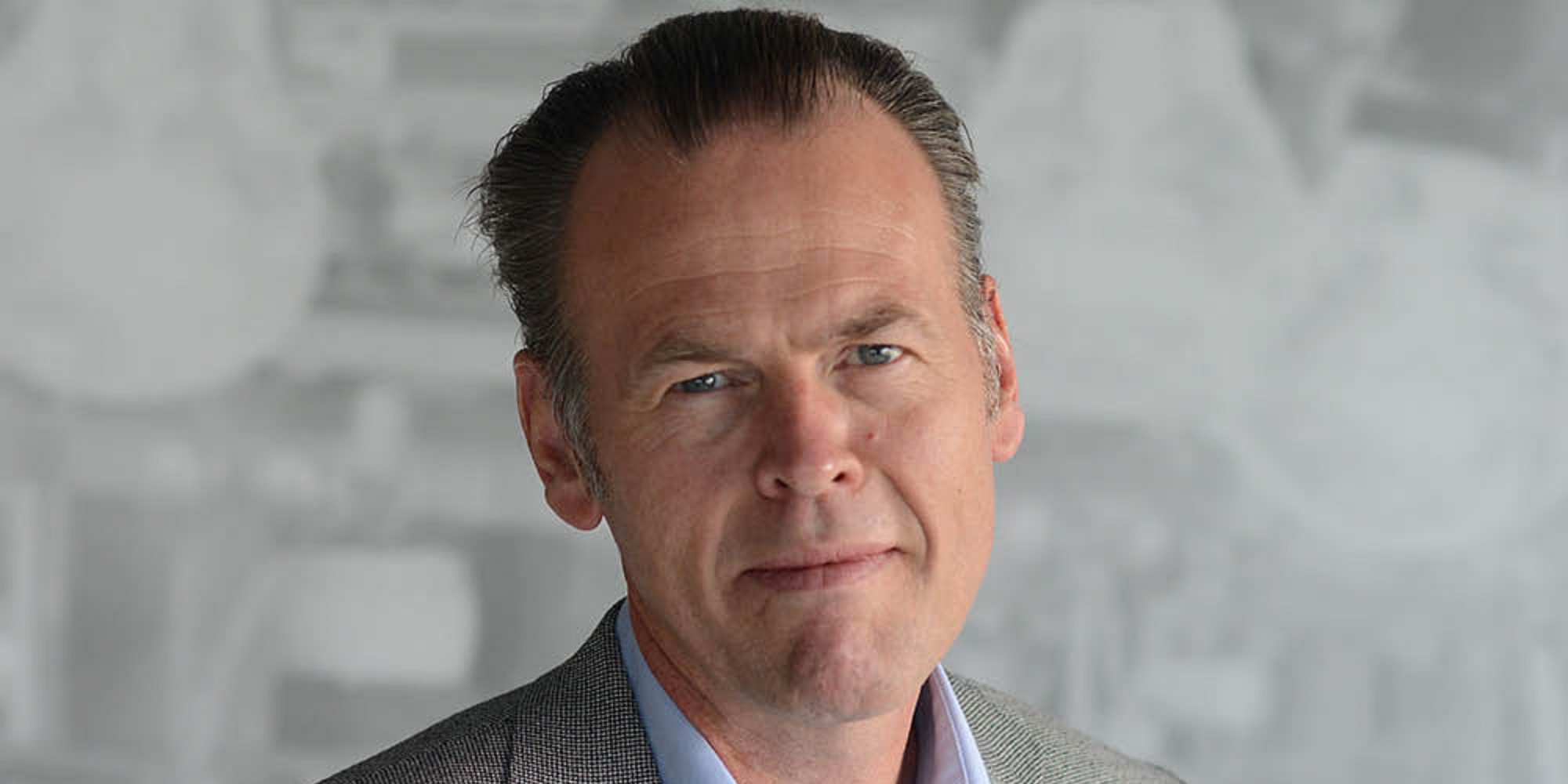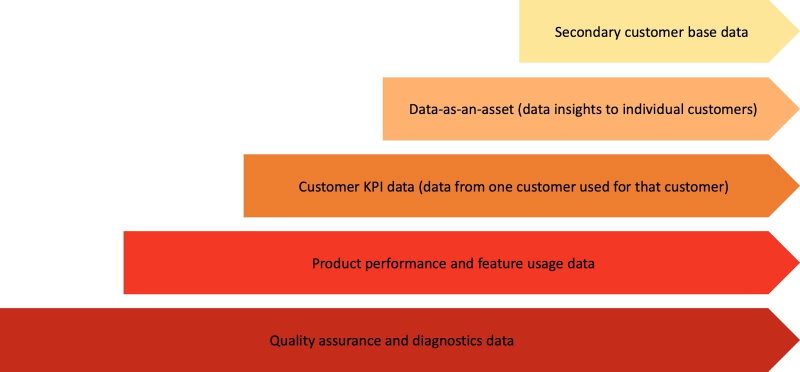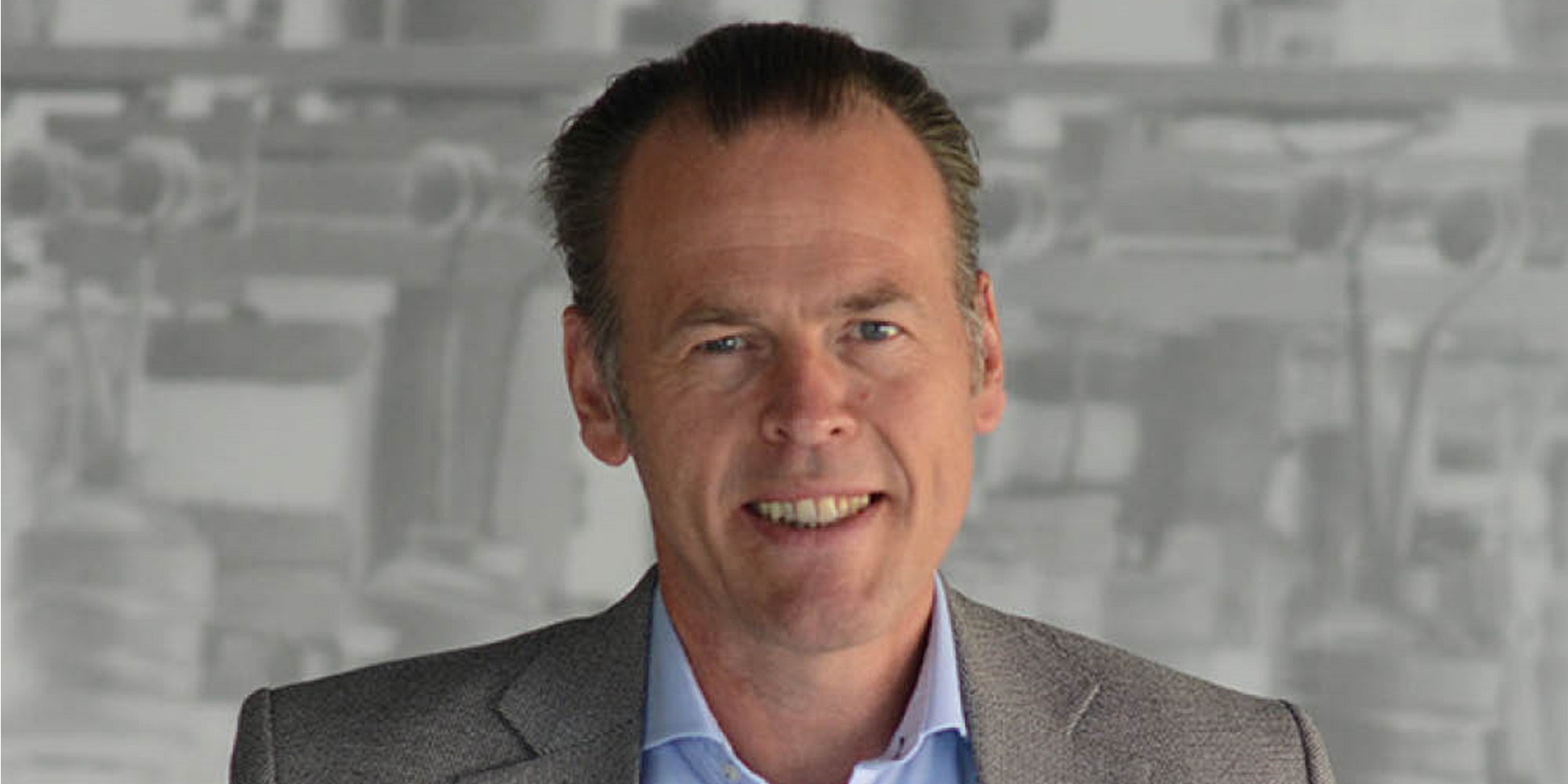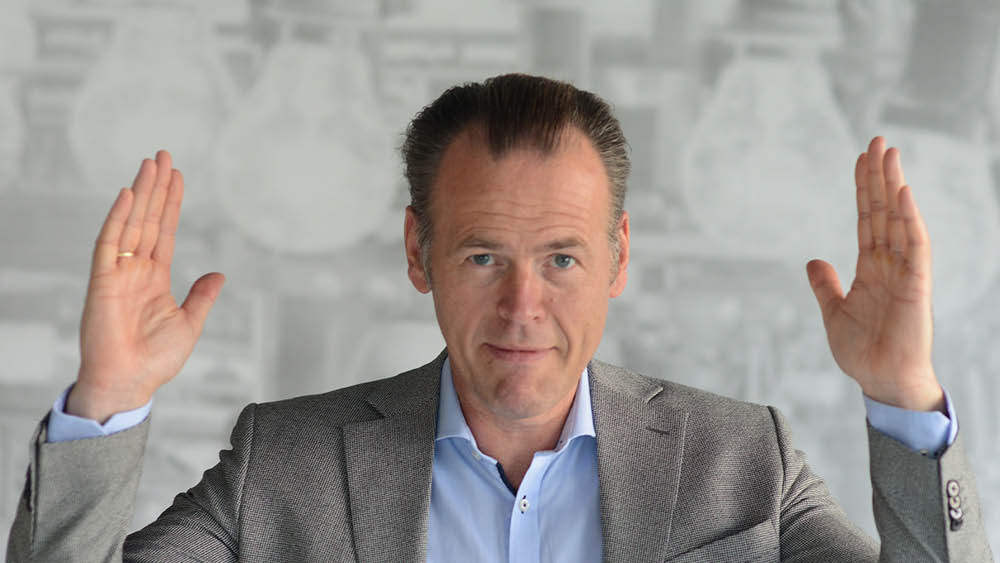An engineer asks:
I work with many colleagues from different cultures. Most of them are not used to how we give each other feedback in the Netherlands. Yet it is necessary to indicate what someone can or must improve if something is not going well. How do I tackle that?
The communication trainer answers:
Feedback is about delivering a message to the other person without disrupting the relationship. The direct ‘Dutch’ way may not work well when you work with cultures that are not used to this. The following ten points will help you.
1) As a starting point, it is always good to check with yourself whether you are giving the feedback to help the other person and improve the situation, and not just to confirm your authority or to kick someone’s ass.
2) It is important to invest in building a trusting relationship with your employees before you give them feedback. You’ve probably had the most valuable feedback yourself from people close to you. Building relationships in many countries often happens outside of work hours. So, it can help to pay attention to this regularly.
3) In Asian and Arab countries, avoiding losing face is important. It can therefore be helpful to start with more subtle feedback to get things done. Suppose you see that one section in a report contains errors. Then name how good one part is. The other person will pick up on the fact that the other part still needs attention. If you say something like this to an American or Dutch person, he will not understand your feedback and will prefer that you say what is still wrong directly, because that is faster. Start subtle first; then, should your message not be picked up, you can always become more direct. Backtracking when the cat is already out of the bag is harder.
'Start subtly, you can always be more direct'
4) Focus your feedback on behaviors and features of the work rather than judging. Instead of “Your work is sloppy” say “This presentation has three errors’’. Instead of “This report is incomplete” you can say “I would like to see an additional table’’.
5) To avoid losing face, you can also use the passive speaking mode instead of the active one. This sounds like the following: ‘’The front desk was unoccupied for fifteen minutes this morning’’ instead of ‘’’You were late’’. Then you avoid personal accusations. The addressed person can infer from the comment that it was his responsibility to be on time and that the absence was noticed. In many languages this passive language is already ingrained. If you are not used to this, it may take effort to do so.
6) Say what you do want instead of what you don’t. ‘’Stop doing this’’ just sounds like a rebuke whether you are 2 or 52. So, “Try to do it this way” instead of “This is not the way’’.
7) Addressing the entire team about, for example, adherence to the new work rules makes the pressure on the individual less immediate. Peer pressure can then cause that person to follow the rules anyway without you having to address them directly.
8) Speak softly rather than loudly. A quiet voice can relax a tense situation and makes it easier for the employee to hear your message.
9) Showing respect in your actions for the person you are giving feedback to is especially important. You can show this by spending time together. Or by asking the other person for advice or sending someone to them for advice. Also involving yourself in the solution shows that no one has all the answers alone and that you appreciate the other person’s vision. For example, you say “Let’s see how we can solve this’’.
10) Finally, give compliments. Your employee may feel uncomfortable when there is too much specific attention to his personal performance. In that case, it’s better to go out for dinner with the whole group and reward everyone that way. A compliment can then be given in a one-on-one situation.

